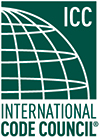 |
Codes Corner |
| Excerpts from some of ICC's most beneficial code publications and resources |
| —*ADVERTISEMENT— |
 |
| CODE UPDATE |Significant Code Changes to the 2015 International Plumbing Code | |
| (The information below is excerpted from the Significant Changes to the 2015 International Codes series.) | |
| Replacement of building sewers by the pipe-bursting method has been used for many decades and is especially useful where excavation of the existing sewer is difficult and costly because of parking lots and other items on the ground surface that would need to be removed and replaced. Continue reading more on this update to the 2015 Plumbing Significant Changes. |
|
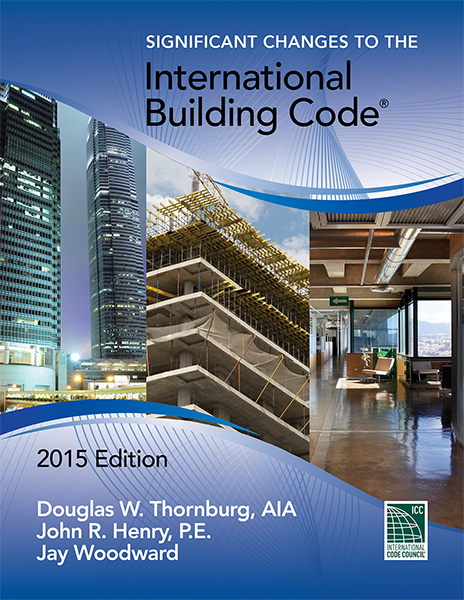 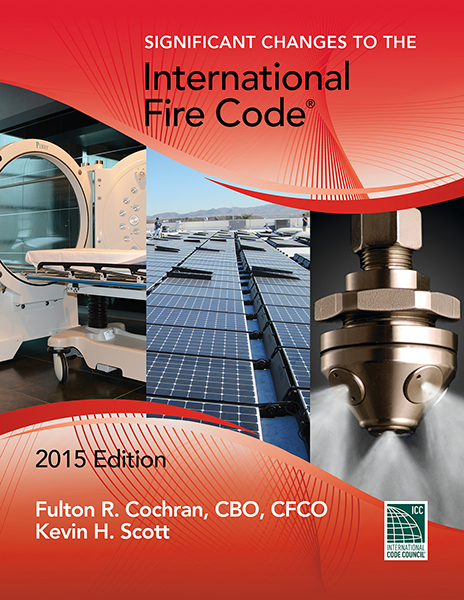 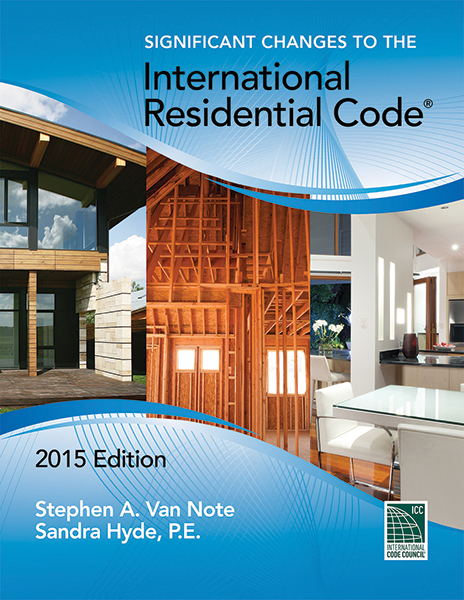 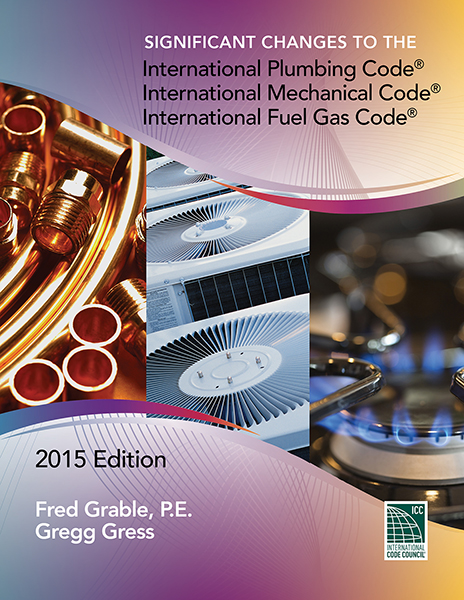 |
The Significant Changes to the 2015 International Codes series has been developed by the International Code Council and published by Cengage Learning to assist code officials, architects, engineers and other construction professionals transitioning from the 2012 to the 2015 editions of the International Codes. The series offers a comprehensive yet practical analysis of hundreds of the most critical changes from a very active code development cycle. Each color publication contains: revised code text; a summary of each change listed; in-depth change analysis; and a detailed photo, illustration or table for each change to deepen understanding. Coverage reflects provisions with special significance, including new and innovative design ideas and technologies, modern materials and methods of construction, and current approaches to safety and stability. Authored by ICC code experts, these useful tools are "must-have" guides to the many important changes in the 2015 International Codes. |
| —*ADVERTISEMENT— |
 |
| CODE BASICS | Fire, Based on the 2012 International Fire Code |
| (The information below is excerpted from the 2012 Building Code Basics series.) |
| Solar photovoltaic power systems are becoming more commonplace. These systems generate electricity that is a potential ignition source, and when installed on buildings these systems can also cause difficulty for fire-fighting operations.
Continue reading more on this excerpt from the Building Code Basics: Fire, Based on the 2012 IFC. |
| Back to top |
| —*ADVERTISEMENT— |
 |
| CODE HANDBOOK | 2012 International Building Code Handbook | |
| (The information below is excerpted from the 2012 International Building Code Handbook.) | |
| The IBC, as far as exterior wall protection is concerned, operates on the philosophy that an owner can have no control over what occurs on an adjacent lot and, therefore, the location of buildings on the owner's lot must be regulated relative to the lot line. The regulations for exterior wall protection based on proximity to the lot line are contained in Table 602. Continue reading more on this excerpt from the 2012 International Building Code Handbook. |
|
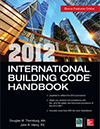 |
The 2012 International Building Code Handbook is a comprehensive, full-color guide to the entire 2012 International Building Code (IBC). Authored by ICC code experts and published by McGraw-Hill to assist code officials, architects and engineers in understanding the code, this publication covers both structural and fire- and life-safety provisions. This time-saving resource makes it easy to understand and apply complex IBC requirements and achieve compliance. |
| Back to top |